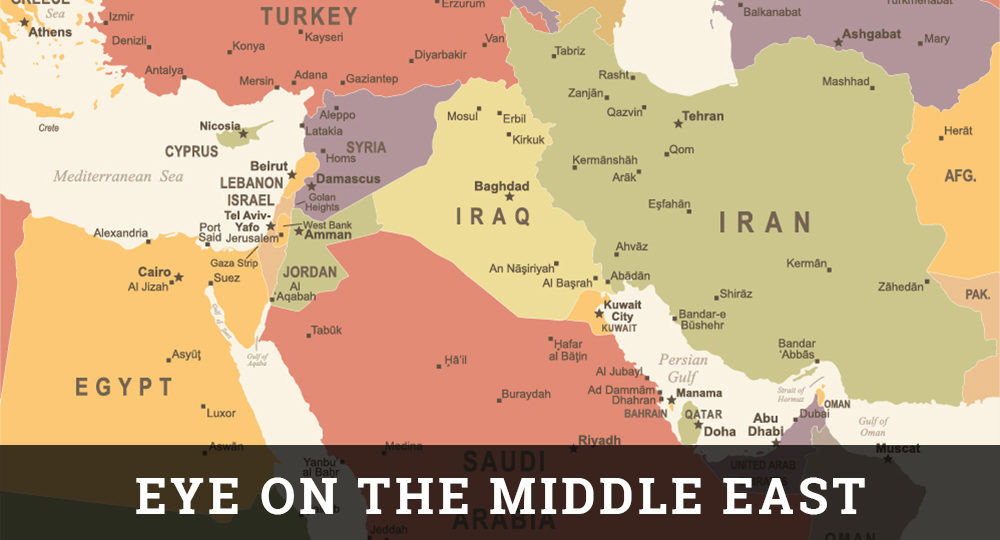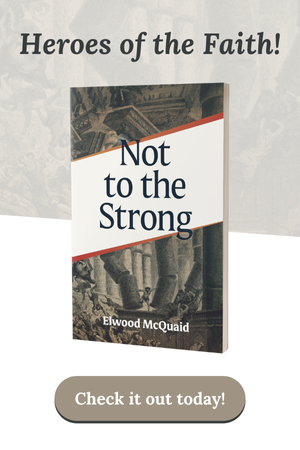The Plan to Hitch Israel to Saudi Arabia by Rail
Israeli Prime Minister Benjamin Netanyahu and Transportation Minister Israel Katz have announced a historic plan to establish a rail link between Israel and Saudi Arabia—a land bridge that would be the cornerstone of a transcontinental transportation corridor eventually connecting Europe with the Persian Gulf through the Mediterranean Sea.
The Tracks for Regional Peace initiative would establish a transformative rail link between Israel’s Mediterranean ports of Haifa and Ashdod to Jordan’s existing rail network that would then connect to Iraq and Saudi Arabia’s Gulf port of Dammam, as well as other Gulf states that have been cut off from the Mediterranean Sea after the outbreak of war in Syria.
The Israeli plan also envisions a rail link to Jenin in the northern West Bank, which would give Palestinians the ability to export goods to other parts of the Arab world. “If the Palestinians connect to a railway system, the entire area will get a significant economic boost,” said Katz, who has expressed a desire to succeed Netanyahu eventually.
The initiative would offer shorter, cheaper, and safer trade routes by bypassing unstable maritime chokepoints, such as the Strait of Hormuz in the Persian Gulf and the Bab el-Mandeb Strait at the southern end of the Red Sea. A train line from Israel through Jordan to the Persian Gulf would also allow countries to bypass Lebanon, which is controlled by the Iran-backed terror group Hezbollah.
The project has huge economic potential through formalizing ties across tense borders and generating annual trade worth $250 billion by 2030, according to the Israeli government.
By moving goods from Europe to Israel—strategically located at the apex of three continents—and then to other parts of the Middle East, cargo would also be able to skirt war-torn Syria. After Syria’s civil war began in 2011, Israel opened its Haifa port as a conduit so goods from Europe and Turkey could be trucked to Arab countries farther east. The new initiative would make permanent this temporary solution.
“There are two central components at the heart of this initiative,” said Katz. “Israel as a land bridge between Europe and the Mediterranean and Jordan; and Jordan as a regional transportation hub, which will be connected to a railroad system to Israel and the Mediterranean in the West; to Saudi Arabia, the Gulf states and Iraq in the East and southeast; and to the Red Sea, through Aqaba and Eilat, in the south.”
“Beyond its contribution to Israel’s economy, the Jordanian and the Palestinian economies, the initiative will connect Israel economically and politically to the region and will consolidate the pragmatic camp in the region,” he added.
“My vision to connect Saudi Arabia and the Gulf states and Jordan to the Haifa port and the Mediterranean Sea will transform Israel into a center for naval transport and strengthen the Israeli economy,” Katz said. “This is a realistic vision that I am advancing in partnership with the American government and other relevant international bodies.”
Katz said the German government already wants German companies to participate. “The United States is the patron of the [entire] process,” he said.
If realized, the initiative—a revival of the Hejaz Railway, an Ottoman-era railway that once ran from Damascus in Syria to Medina in Saudi Arabia, with a branch line to Haifa on the Mediterranean Sea—would reflect the new dynamics in the Middle East, in which Israel and so-called moderate Arab states of the Persian Gulf have found common cause to counter Iran’s growing presence and power in the region.









Dear Pastors
How the battle of Armaggeddon and Gog and Magog will occur and how can we save ourselves from this tribulation.
Thanking you
Yours sincerely
Pradeep Kumar